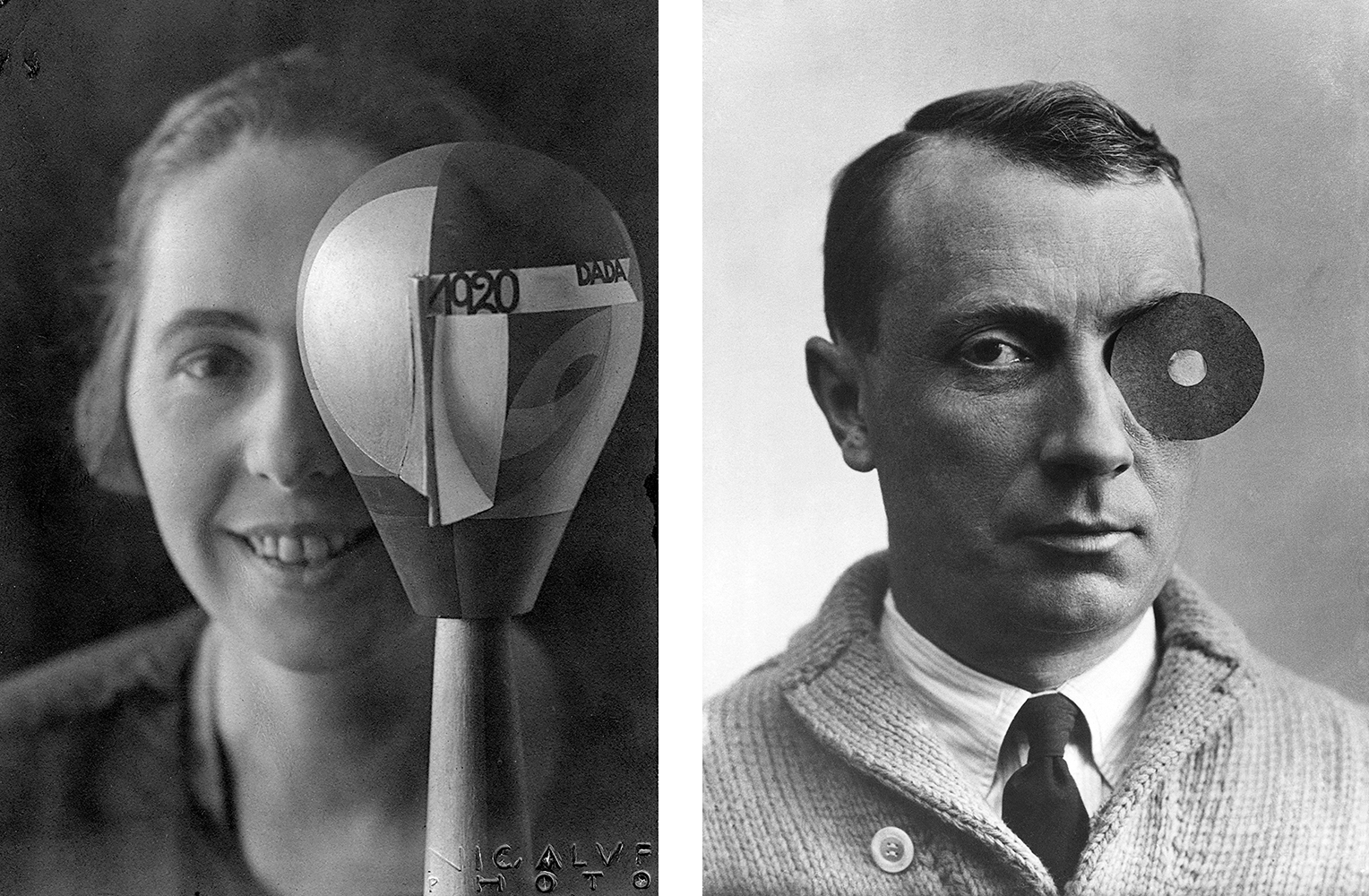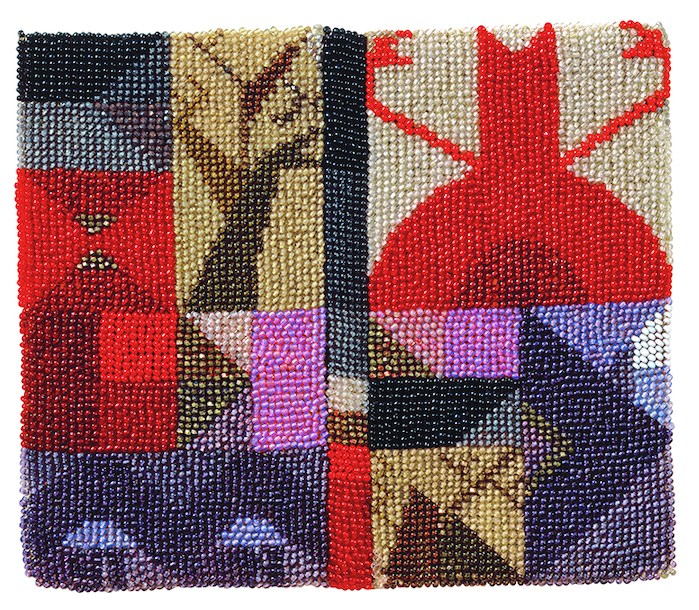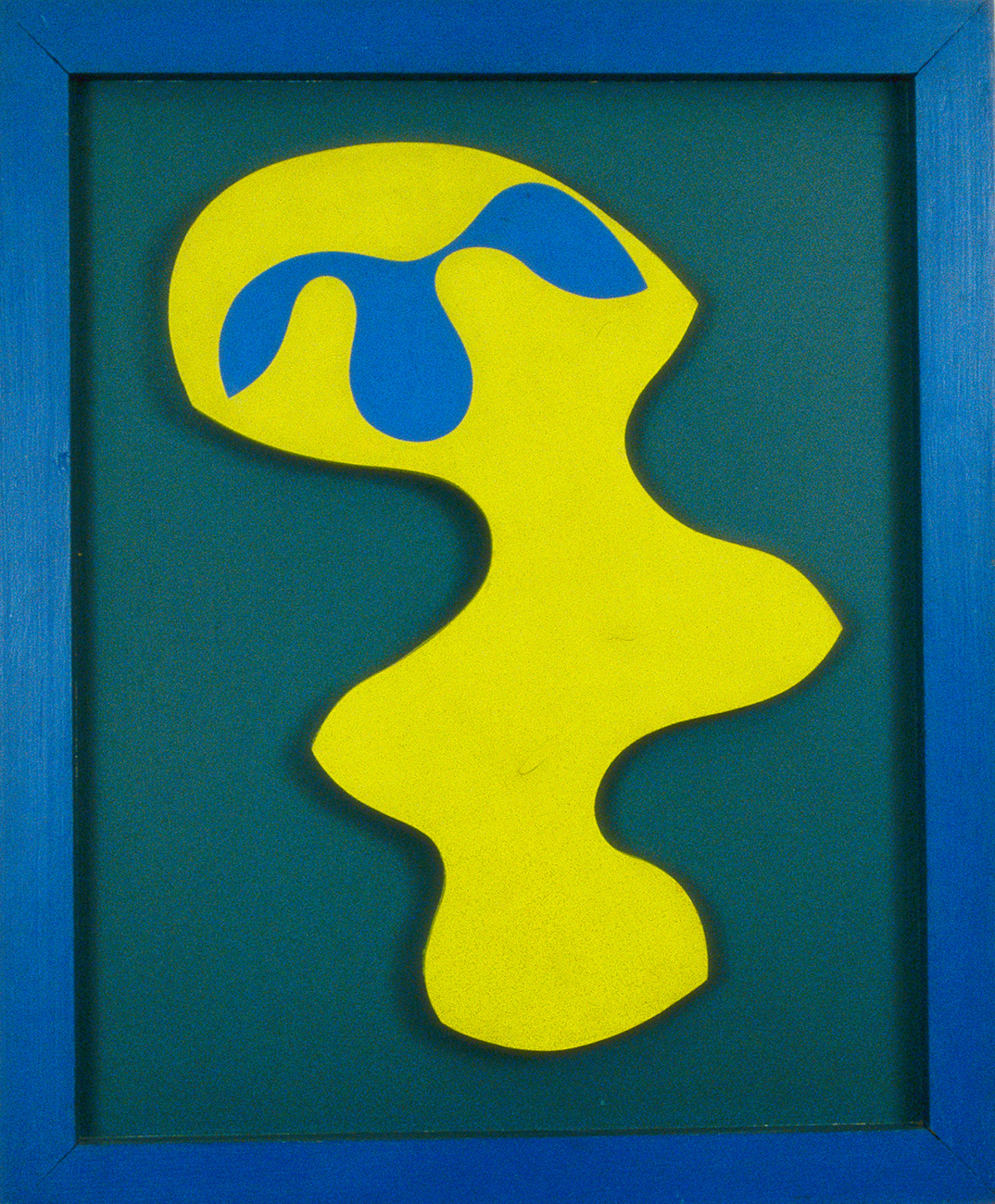SOPHIE TAEUBER-ARP AND JEAN ARP
HAPPENINGText: Alma Reyes
It is said that it takes two to tango. Throughout the history of art and design, we have come across artist/designer couples who complement each other in producing creative works both concertedly and independently. Josef and Anni Albers, Alvar and Aino Aalto, Frida Kahlo and Diego Rivera are just a few of these legendary artist couples who have impacted diverse art movements.
Among the pioneers of Dadaism, Constructivism, De Stijl and Abstraction, Sophie Taeuber-Arp (1889-1943) and Jean (Hans Peter Wilhelm) Arp (1886-1966) collaborated extensively in painting, sculpture, and interior design, and became a highly esteemed artist pair in the first half of the 20th century. Their story and co-achievements are being presented in “Sophie Taeuber-Arp and Jean Arp” in Artizon Museum until June 1st this year. Overseas collections from Fondation Arp in France and the Stiftung Arp e. V. in Germany include forty-five works by Sophie, thirty-six works by Jean, and seven done together.

Nic ALUF, Sophie Taeuber with Dada-Head, 1920, Stiftung Arp e. V., Berlin/Rolandswerth
Jean Arp with Navel-Monocle (photographer unknown), c.1926, Stiftung Arp e. V., Berlin/Rolandswerth c VG BILD-KUNST, Bonn & JASPAR, Tokyo, 2024 C4762
In the first part of the exhibition, we grasp the early beginnings of the two artists before they met. While growing up in Trogen, Switzerland, Sophie was constantly surrounded by nature and historical architecture. She was influenced by her mother to develop her astute sense of creativity in traditional textile art, embroidery, lacework and sewing. She went on to pursue applied art studies in St. Gallen from 1907-1913, and decorative arts, ornamentation, woodworking, and projection drawing in Munich and Hamburg in the later years. From 1916 to 1929, Sophie became the head of textile design at the Kunstgewerbeschule (School of arts and crafts) in Zurich.

Sophie Taeuber-Arp, Composition with Abstract Motifs (Notebook Cover), c.1917-18, Aargauer Kunsthaus Aarau/Deposit from Private Collection
Her early works proved the direction towards abstract and geometric patterns. Composition with Abstract Motifs (Notebook Cover) (c.1917-18), an embroidery work with glass and metal beads, was based on squares, rectangles, triangles, trapezoids, zigzags, semicircles, and asymmetrical forms exuding both warm and cool tones. Vertical- Horizontal Composition with Elements of Objects (c.1919-38), a collage on paper, illustrates varied arrangements of squares and rectangles in a pulsating rhythm, carefully balancing placements of red, blue, green and other colors. The principles of criss-cross stitching contributed greatly to her adoption of vertical-horizontal grids in her compositions.

Jean Arp, Torso with the Head of Flower, 1924, Fondation Arp, Clamart c VG BILD-KUNST, Bonn & JASPAR, Tokyo, 2024 C4772
Born in Strasbourg, Germany and educated in Weimar and France, Jean studied painting at the Academie Julian in 1908, and established the young artists group “Der Moderne Bund (The Modern Alliance)” in Lucerne, Switzerland in 1910. He was also a poet, and published his poetry in 1913. He made acquaintances with Kandinsky, Matisse, Delaunay and Ernst who greatly strengthened his participation in group exhibitions. Jean was driven towards geometric, organic and fluid forms. Torso with the Head of Flower (1924) clearly delineates the simple expression of lines, form and color.
Sophie and Jean met in Zurich in 1915 at a group exhibition showcasing Jean’s works. The fateful encounter instantly bound a long-lasting collaborative relationship that would last for nearly three decades until Sophie’s tragic death in 1943. Their partnership resulted to the formation of the Dada Movement in 1916. The couple continued to develop their own individual creations even after their marriage in 1922. Sophie participated in dance performances, and produced textile, craft, and watercolor works, while Jean created sculptures, plastic arts, and collages often combined with poetry.
Read more ...





